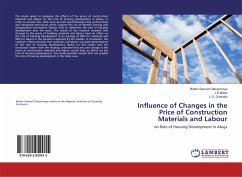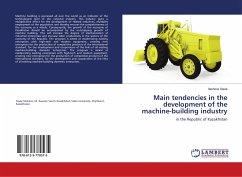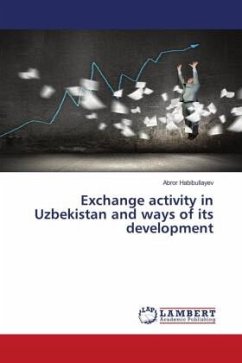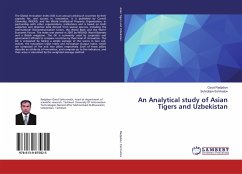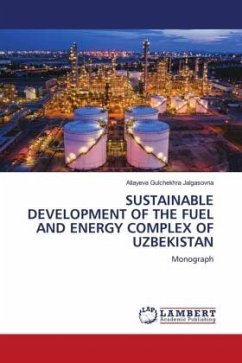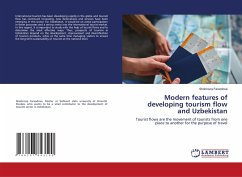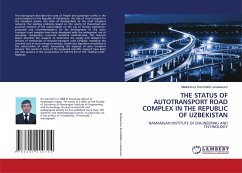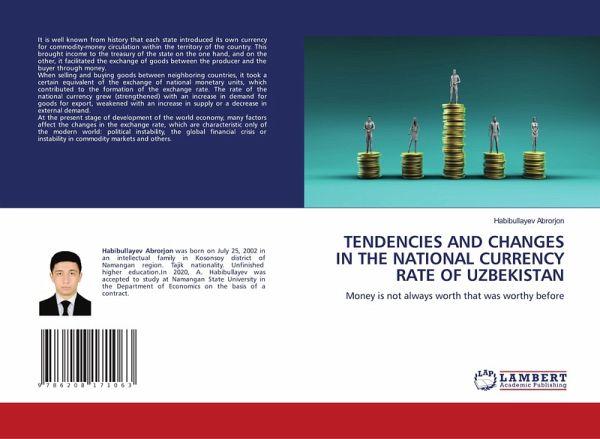
TENDENCIES AND CHANGES IN THE NATIONAL CURRENCY RATE OF UZBEKISTAN
Money is not always worth that was worthy before
Versandkostenfrei!
Versandfertig in 6-10 Tagen
29,99 €
inkl. MwSt.

PAYBACK Punkte
15 °P sammeln!
It is well known from history that each state introduced its own currency for commodity-money circulation within the territory of the country. This brought income to the treasury of the state on the one hand, and on the other, it facilitated the exchange of goods between the producer and the buyer through money.When selling and buying goods between neighboring countries, it took a certain equivalent of the exchange of national monetary units, which contributed to the formation of the exchange rate. The rate of the national currency grew (strengthened) with an increase in demand for goods for e...
It is well known from history that each state introduced its own currency for commodity-money circulation within the territory of the country. This brought income to the treasury of the state on the one hand, and on the other, it facilitated the exchange of goods between the producer and the buyer through money.When selling and buying goods between neighboring countries, it took a certain equivalent of the exchange of national monetary units, which contributed to the formation of the exchange rate. The rate of the national currency grew (strengthened) with an increase in demand for goods for export, weakened with an increase in supply or a decrease in external demand.At the present stage of development of the world economy, many factors affect the changes in the exchange rate, which are characteristic only of the modern world: political instability, the global financial crisis or instability in commodity markets and others.





